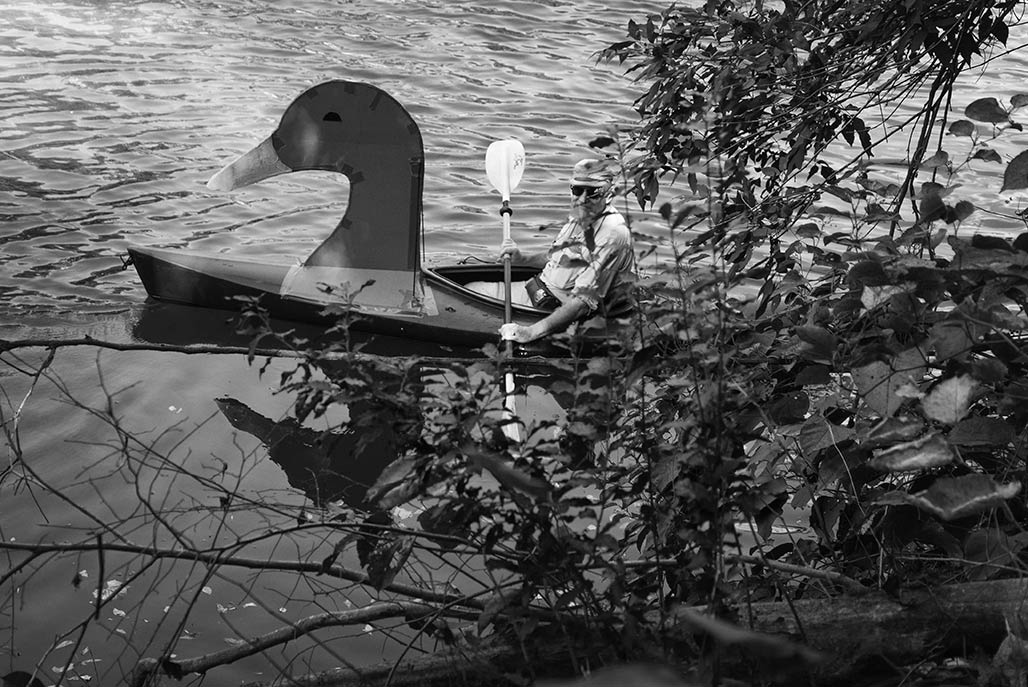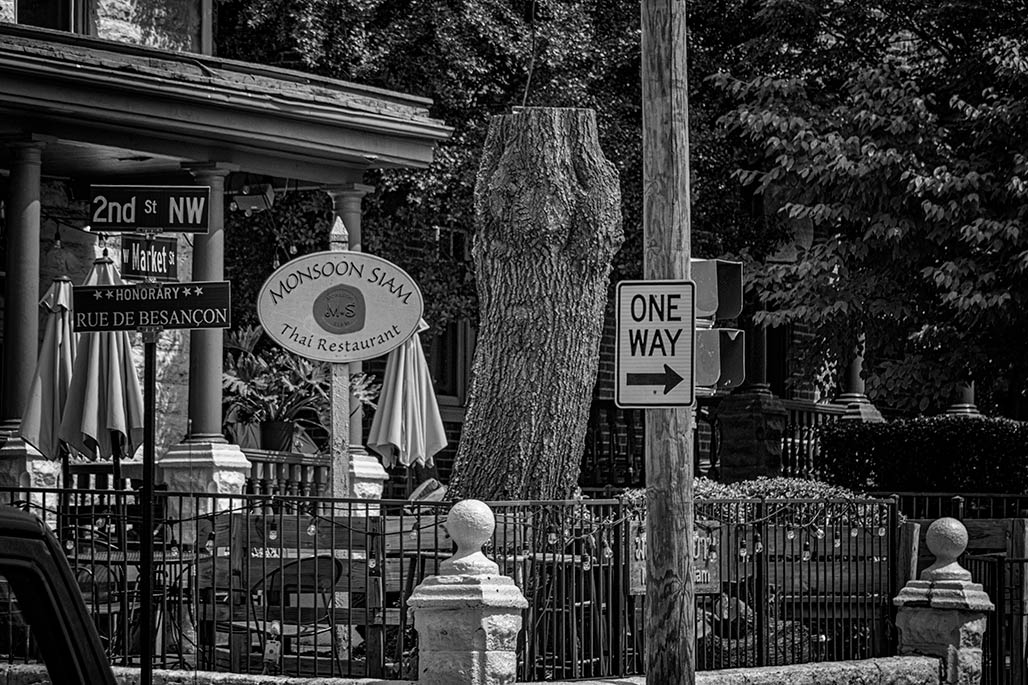
Celebration

photography from the Chesapeake Bay watershed by Bill Emory

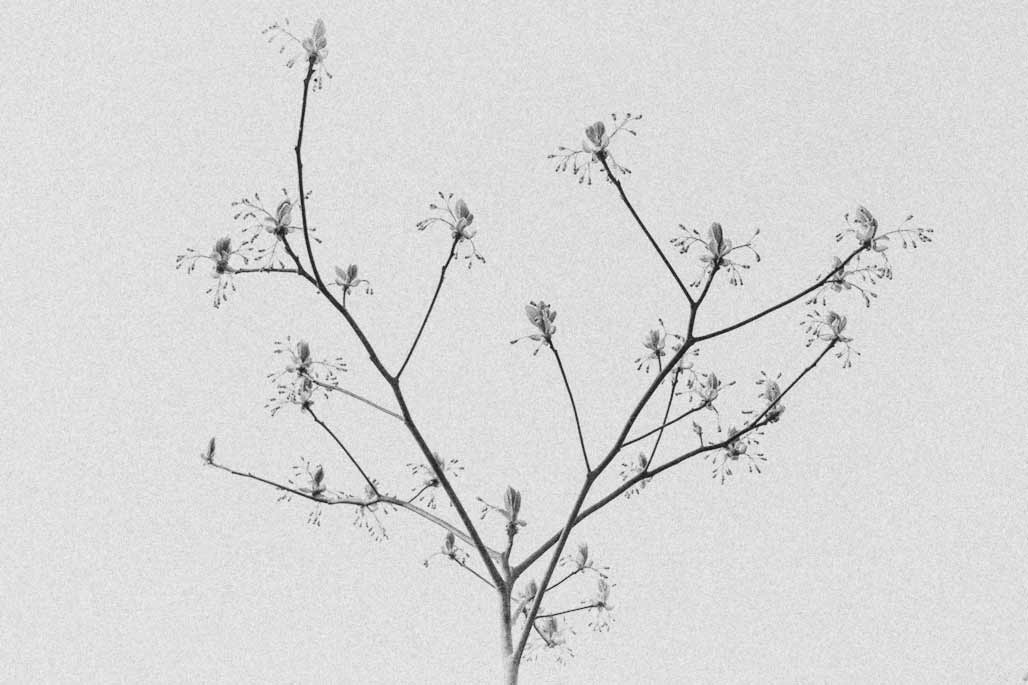
Gray Coale and Sassafras Albidum at Swan Point


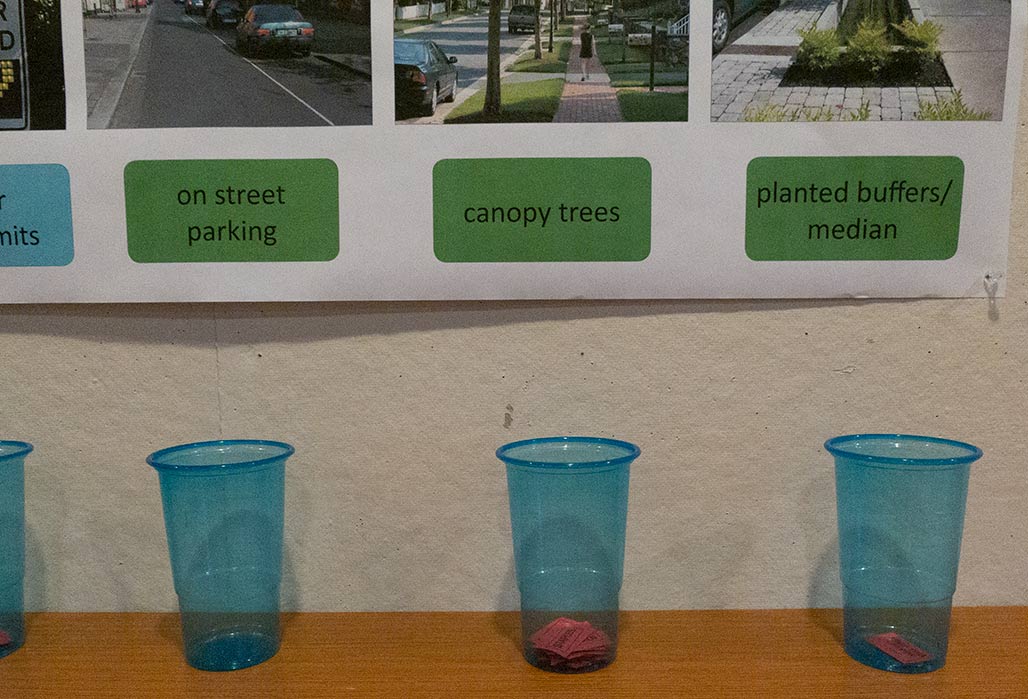
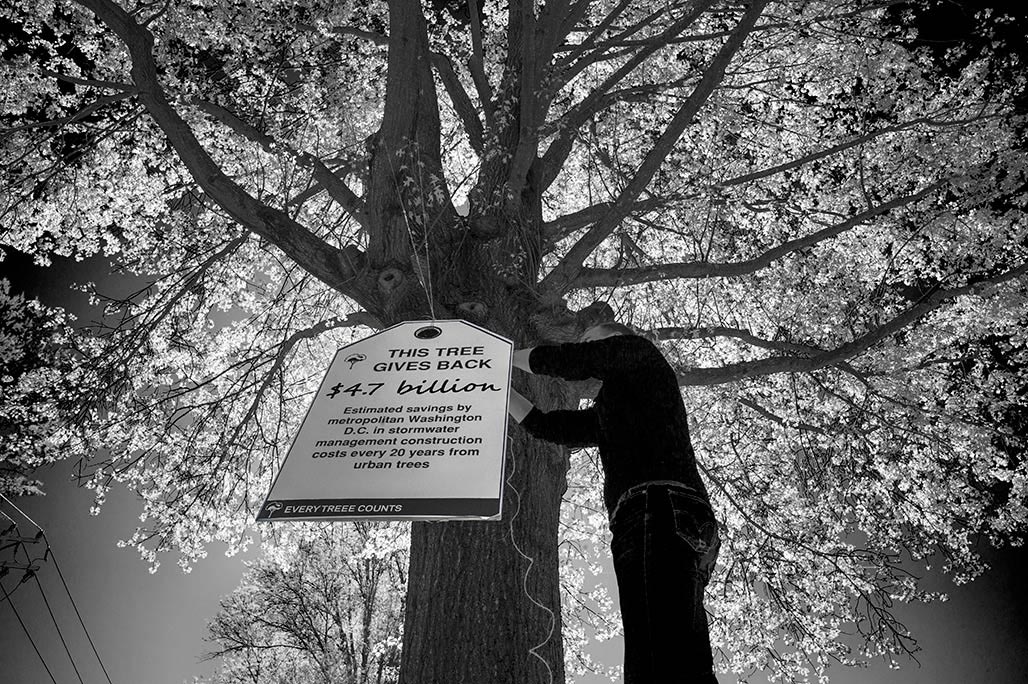
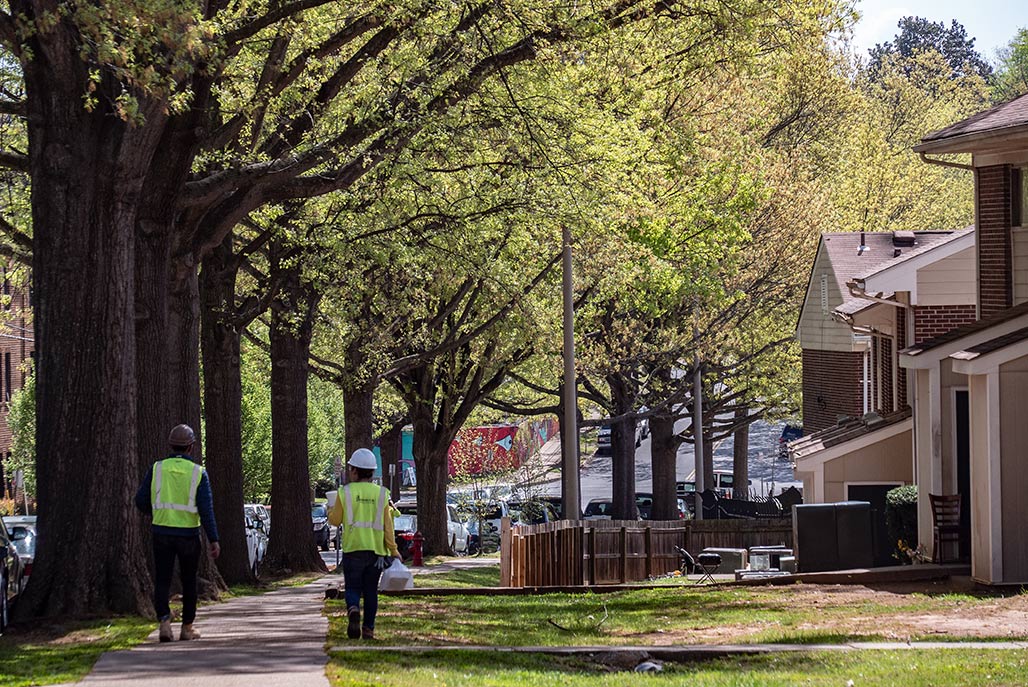
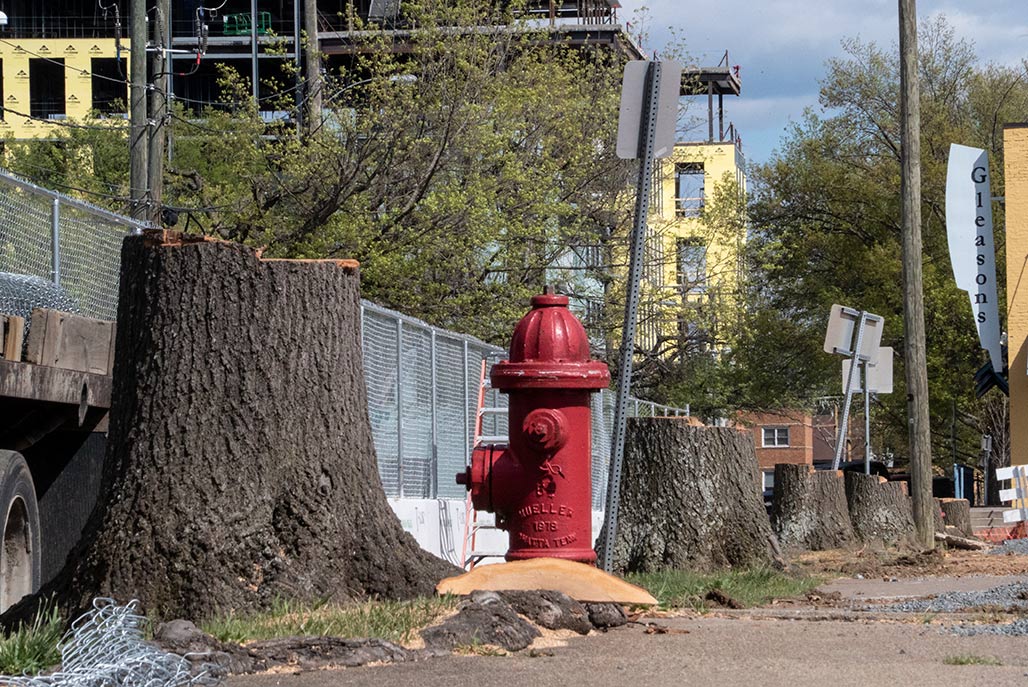
Apex Energy is building an eight storey energy efficient structure to the south of the stumps . The landscape plan for Apex’s new corporate headquarters shows these noble oaks being replaced by pagoda dogwoods, a flowering plant, a small deciduous shrub that grows to twenty feet, with a trunk up to six inches in diameter. Token trees.
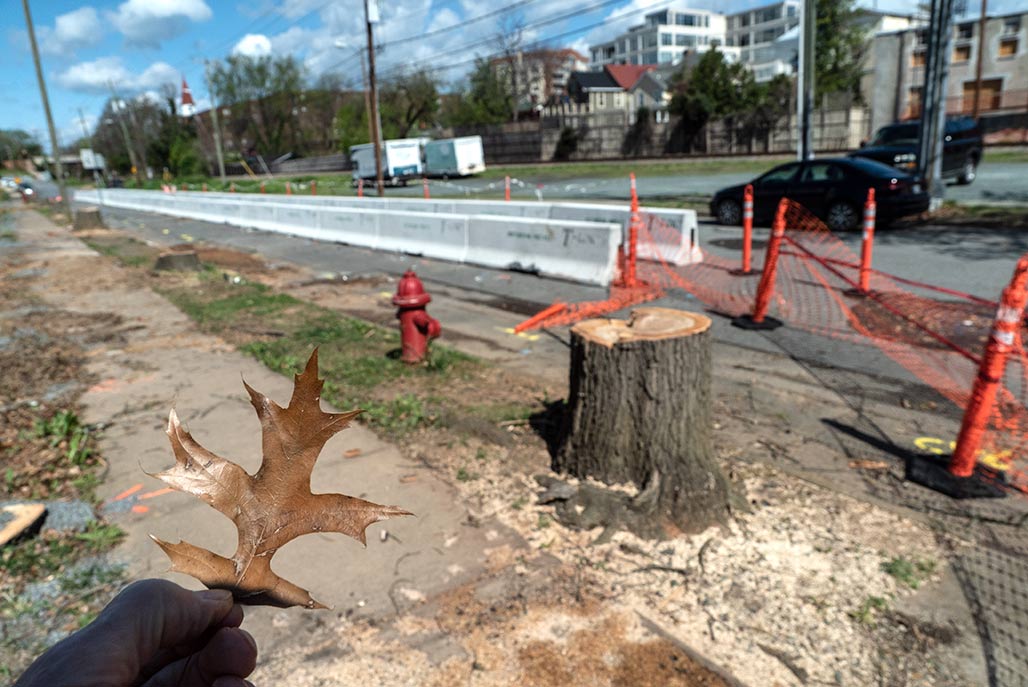

Sometimes green is not green.
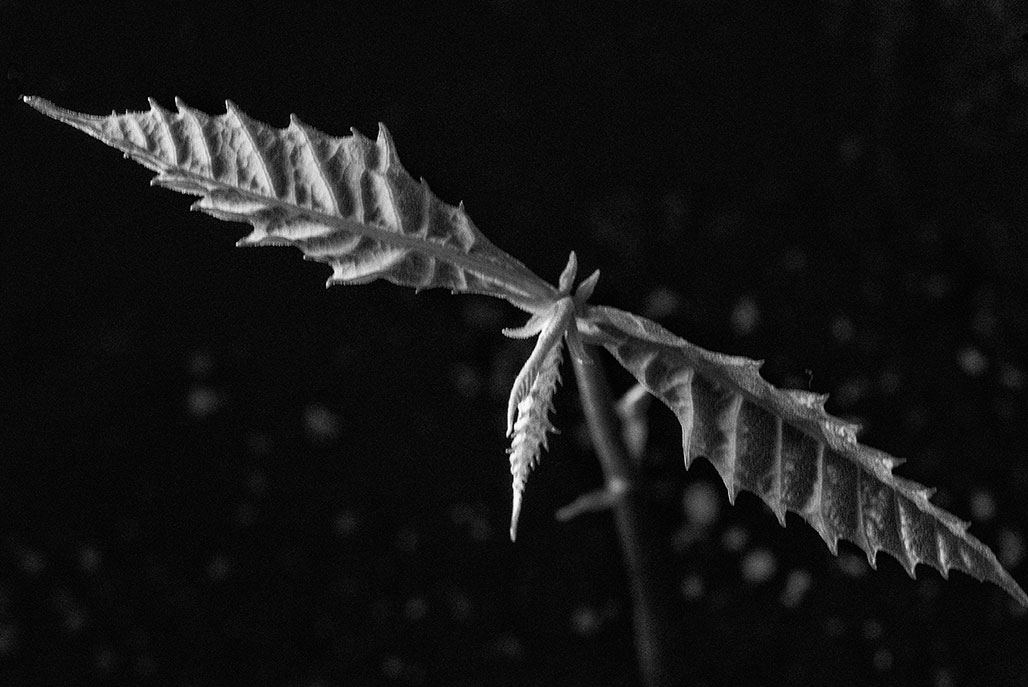

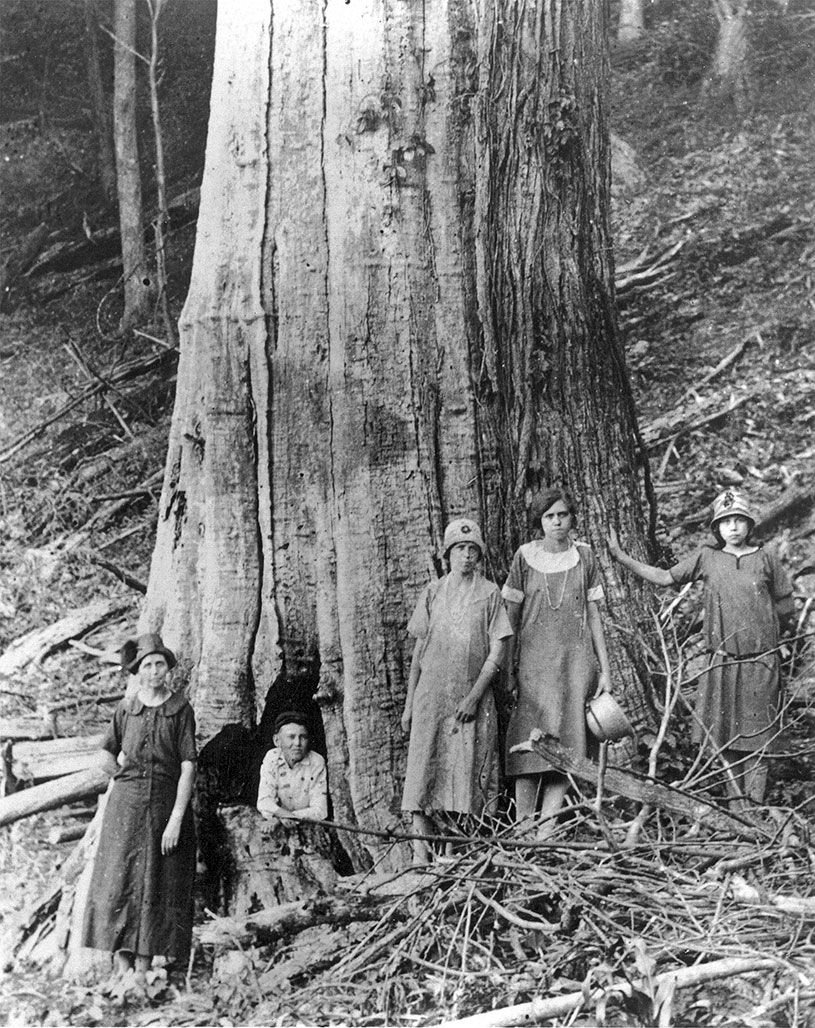
Greatest forest loss in history
The American chestnut is an historic and beloved part of America’s landscape. Its extinction would be the loss of a symbol of American strength, endurance and resourcefulness. Saving the chestnut and restoring it to its native range at scale could also help give other endangered tree species a new lease on life and directly offset the effects of climate change and deforestation. While no single intervention can completely eradicate chestnut blight, together the science of breeding, biotechnology, and biocontrol (3BUR) offer our best hope for rescuing the American chestnut tree.—The American Chestnut Foundation
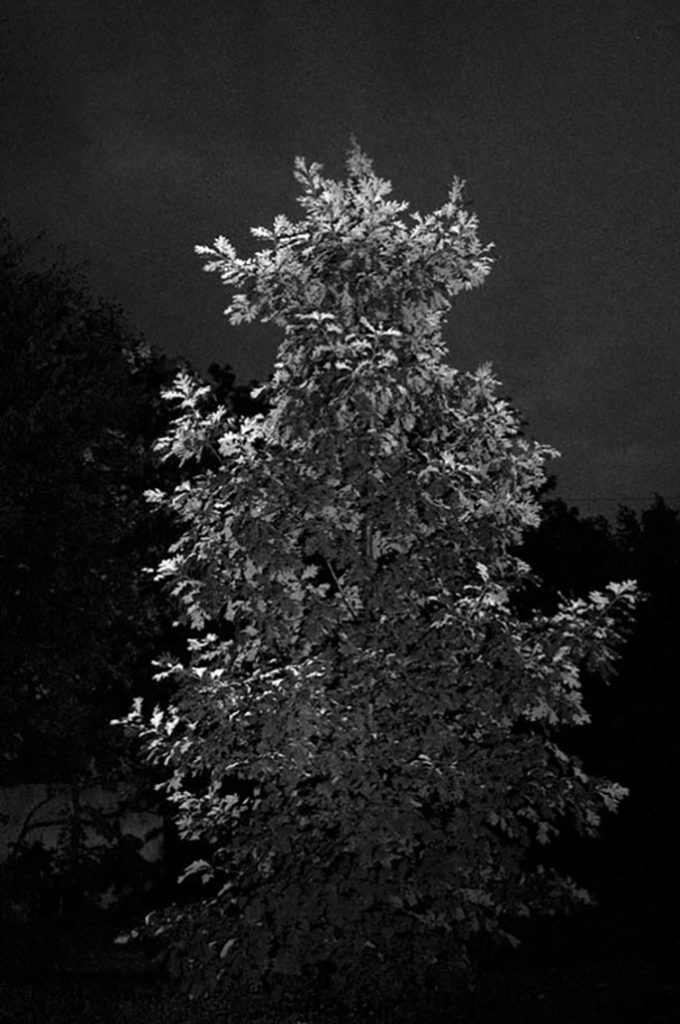
“I willingly confess so great a partiality for trees as tempts me to respect a man in exact proportion to his respect for them. He cannot be wholly bad who has a sympathy with what is so innocent and so beautiful. But quite apart from any sentimental consideration, the influence of trees upon climate and rainfall gives to the planting of trees, and to the protection of them where nature has already planted them, a national importance. Our wicked wastefulness and contempt for the teaching of science in this matter will most surely be avenged on our descendants. Nature may not instantly rebuke, but she never forgives the breach of her laws.” March 25, 1888, James Russell Lowell
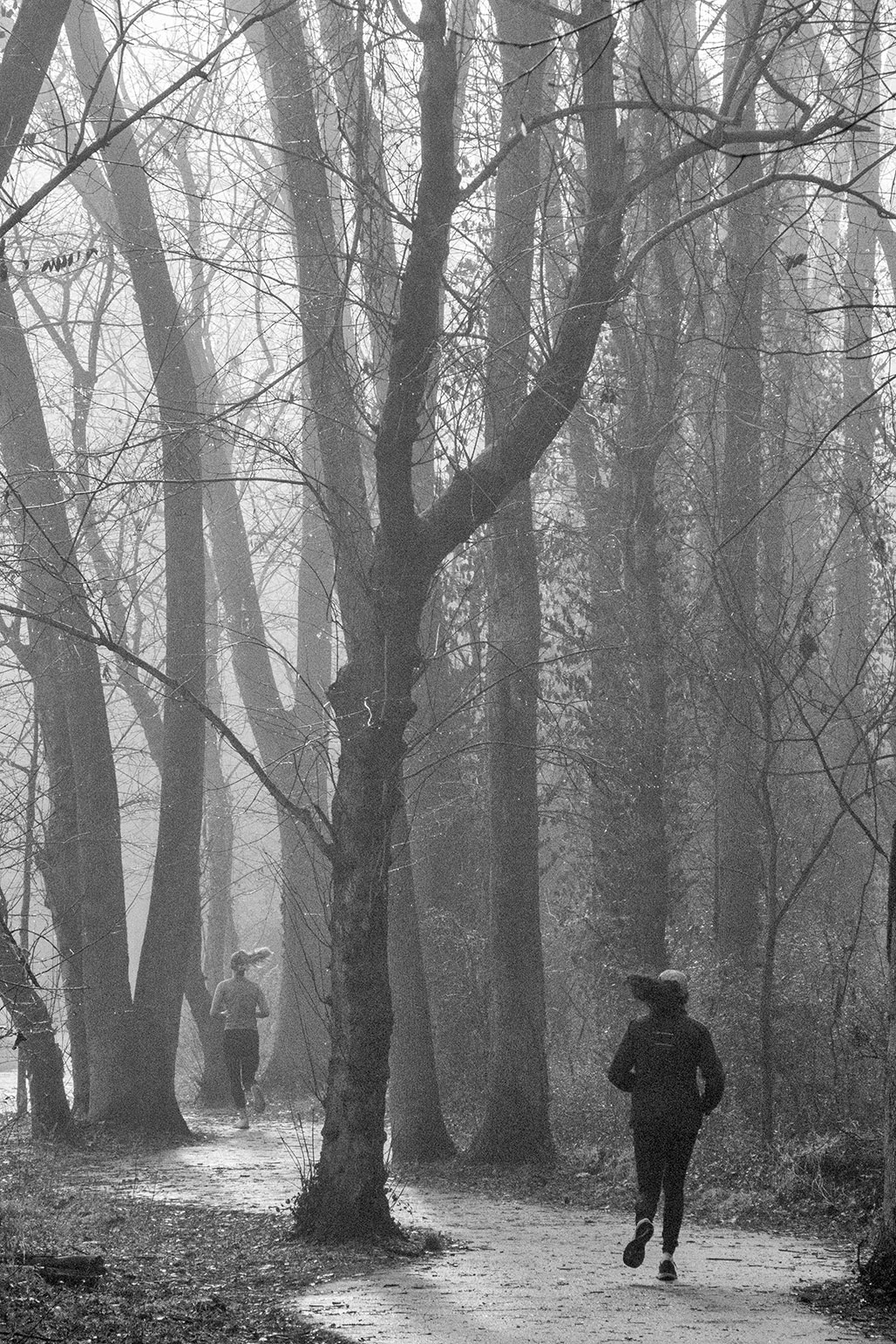

Location: Thomas Jefferson Center for Historic Plants at Tufton Farm, 1293 Tufton Farm, C’ville 22902
“When we plant trees, we plant the seeds of peace and hope.”
― Wangari Maathai
Trees $5 to $10.
